Kenya, known for its breathtaking landscapes and abundant wildlife, is home to seven UNESCO World Heritage Sites—three natural (The Great Rift Valley’s Lake System, Mount Kenya National Park/Natural Forest, Lake Turkana National Parks) and four cultural (Lamu Old Town, Fort Jesus, Mombasa, Sacred Mijikenda Kaya Forests, Thimlich Ohinga Archaeological Site) — each carrying immense value. These exceptional locations are not only recognized for their beauty but also for their Outstanding Universal Value, a status awarded to places that hold significance for all humanity. Protecting them is about more than maintaining scenic beauty; it’s about preserving the heartbeat of human and natural history against modern threats like climate change, deforestation, and urban encroachment.
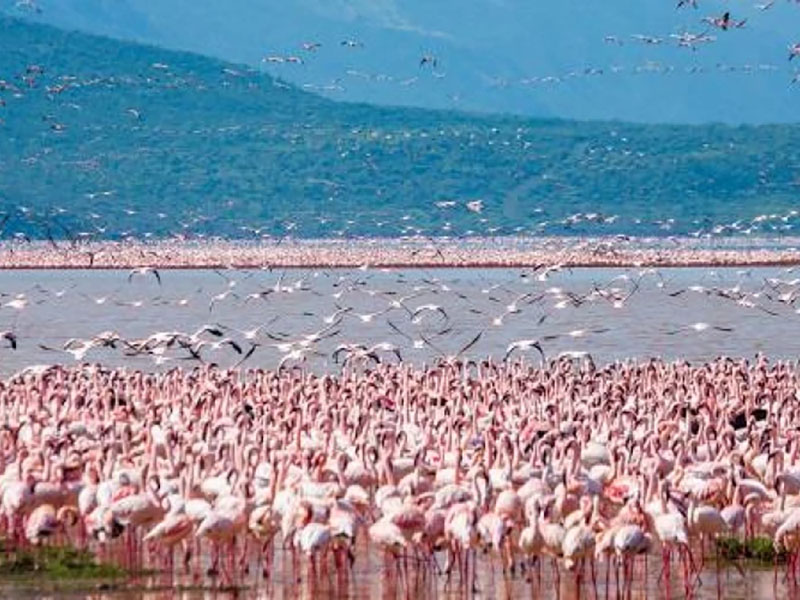
The Great Rift Valley is not just a geological marvel—it’s a thriving sanctuary for life, shaped by millions of years of tectonic and volcanic activity. Stretching across Kenya, this UNESCO World Heritage Site reveals a dramatic landscape where nature’s artistry meets biological diversity. The valley cradles the shimmering waters of Lake Nakuru, Lake Bogoria, and Lake Elementaita, forming an interconnected haven for wildlife that astounds even the most seasoned explorers.
Within these lakes, some of the world’s most spectacular bird populations gather, including 13 globally threatened species. The area boasts one of the highest concentrations of bird diversity on the planet, making it a must-visit destination for bird enthusiasts. Imagine witnessing the ethereal sight of thousands of lesser flamingos creating a surreal pink horizon as they feed in the shallow waters—a breathtaking spectacle that remains unmatched anywhere else in the world. This is also a crucial nesting ground for the great white pelicans, adding another layer of natural wonder to this extraordinary ecosystem.
Beyond its birdlife, the Great Rift Valley is a refuge for rare and endangered species, including the majestic white rhino and the iconic Rothschild giraffe. For conservationists, wildlife photographers, and nature lovers alike, this valley offers an unparalleled opportunity to connect with nature’s finest creations. It’s more than a destination—it’s a world where life flourishes against the backdrop of one of Earth’s most awe-inspiring landscapes.
Ahnasa Recommends
When visiting Lake Nakuru, a game drive through the park is a must, where you’ll witness rhinos grazing peacefully and, possibly, lions lounging in the trees. But to truly experience the magic of this destination, don’t miss the chance to take a serene boat ride on the lake. Whether in the soft glow of early morning or the golden hues of the afternoon, you’ll be treated to a breathtaking view of the abundant birdlife, offering a whole new perspective on the lake’s stunning ecosystem. It’s an unforgettable way to immerse yourself in nature’s beauty.
Mount Kenya National Park / Natural Forest
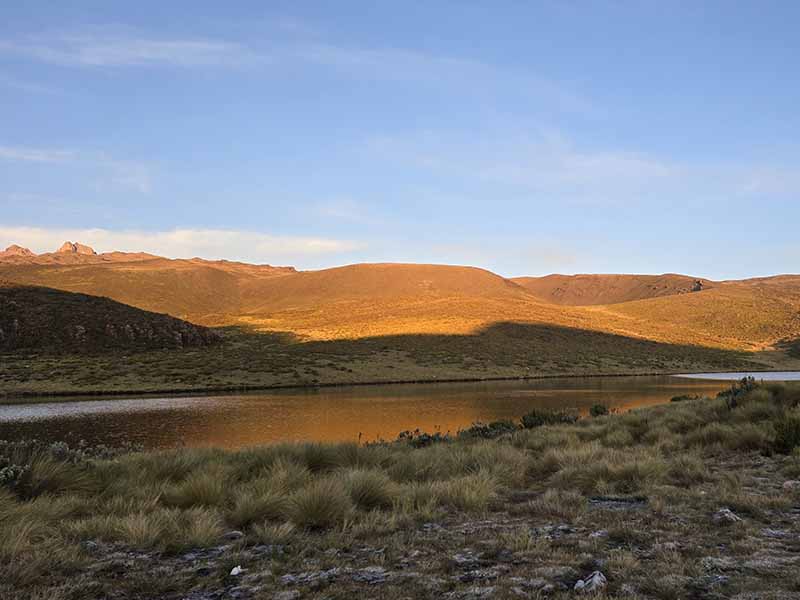
With its glacier-crowned peaks and lush, forested slopes, Mount Kenya is a striking jewel of East Africa, straddling the equator with an awe-inspiring presence. Rising to an elevation of 5,199 meters, it is Africa’s second-highest peak and an ancient extinct volcano that commands attention. The sight of its snow-capped summits against the blue equatorial skies is nothing short of breathtaking—a landscape that feels both timeless and monumental.
Mount Kenya National Park is a natural mosaic of dense forests, sweeping moorlands, and pristine glaciers, offering a haven for unique plant species and a diverse range of wildlife. This ecological paradise is not only a sanctuary for animals but also a critical water catchment area that sustains much of Kenya’s population. Designated as a UNESCO Biosphere Reserve, its importance extends far beyond its scenic beauty—it plays a vital role in the country’s environmental health.
For adventurers, Mount Kenya is a bucket-list destination. Climbers and hikers are drawn to its challenging slopes and spectacular views, yet the mountain holds much more than physical allure. To the Kikuyu people, this towering peak is sacred, a home to their gods and a symbol of spiritual connection to the land. Whether you’re seeking adventure, serenity, or a deeper cultural experience, Mount Kenya is a place where nature and mythology converge in perfect harmony.
Ahnasa Recommends
Experience the ultimate in adventure and luxury with a private helicopter flight soaring above the breathtaking ice-capped peaks of Mount Kenya. This thrilling journey offers a bird’s-eye view of Kenya’s stunning landscapes, revealing panoramic vistas that will leave you in awe. As your helicopter touches down on the mountainside, you’ll find yourself surrounded by the raw beauty of nature, where a gourmet picnic breakfast or lunch awaits, set against the backdrop of dramatic alpine scenery.
After indulging in your meal, why not take the time to fly-fish on one of the tranquil lakes or tarns nestled on the upper slopes of the mountain? Whether you’re casting your line into crystal-clear waters or simply soaking in the serenity, this is an extraordinary way to immerse yourself in Mount Kenya’s majestic allure.
Lake Turkana National Parks
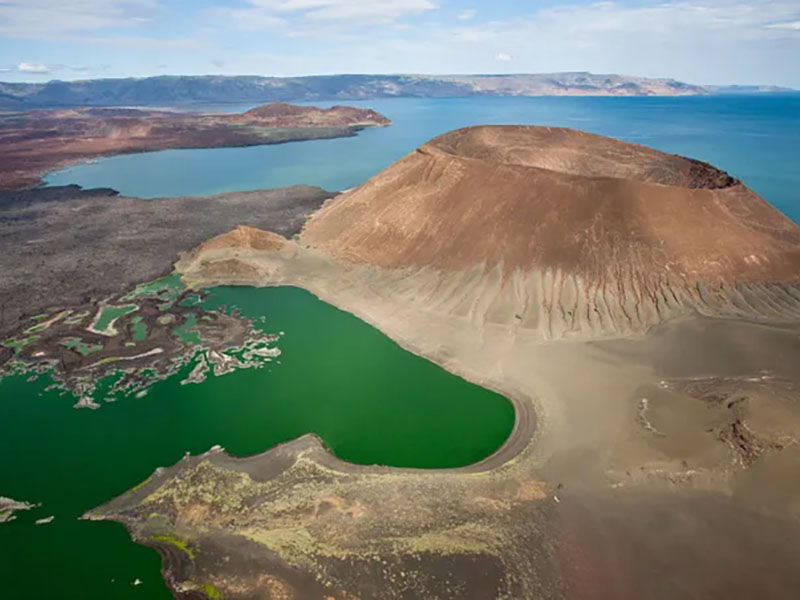
Often referred to as the “Jade Sea” because of its striking turquoise waters, Lake Turkana is the world’s largest permanent desert lake. Its surrounding parks—Sibiloi, Central Island, and South Island—are vital for understanding early human evolution, providing fossil evidence of our ancestors dating back millions of years. But it’s not just about history—this arid landscape is home to an array of wildlife, from Nile crocodiles to hippos and diverse birdlife, making it a gem for both science and adventure.
Ahnasa Recommends
For an unforgettable adventure through some of Kenya’s most remote and untouched wilderness, a scenic flight over the dramatic Suguta Valley and the volcanic calderas of Lake Turkana is a must. Prepare to be captivated by the raw beauty of this unspoiled landscape, where few have ventured. As the largest permanent desert lake in the world, Lake Turkana’s sheer remoteness adds to the allure, offering an experience that feels truly exclusive.
Marvel at the otherworldly rock formations of the Suguta Valley before descending to the pristine shores of Lake Turkana and Lake Logipi, where vast flocks of pink flamingos and cormorants create a dazzling display. Here, Nile crocodiles and turtles thrive in this extraordinary ecosystem, offering rare wildlife encounters that make this journey as mesmerizing as the landscape itself.
Cultural Heritage in Kenya
Kenya’s four cultural UNESCO sites offer a glimpse into the rich traditions and deep history that have shaped the nation:
Lamu Old Town
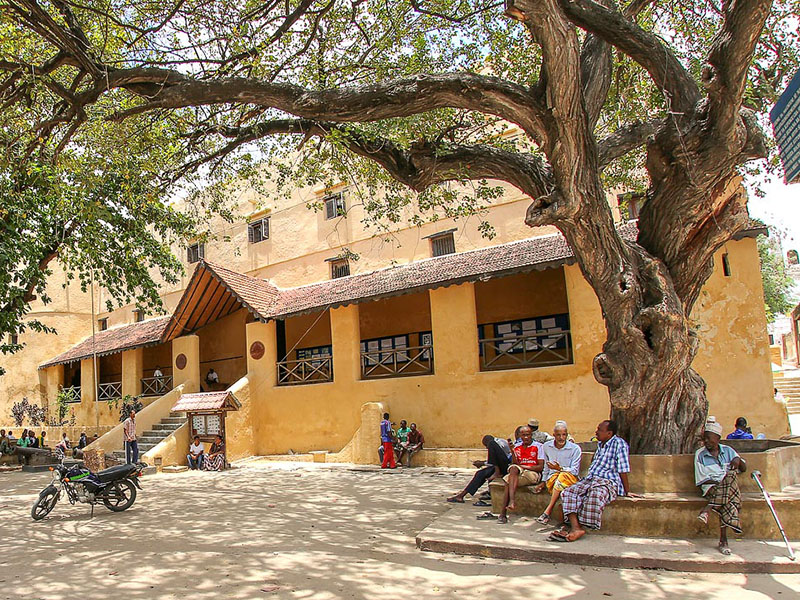
Lamu, a quaint coastal town on Kenya’s northeastern coast, is a window into the Swahili culture, one of the oldest and best-preserved settlements in East Africa. With its narrow winding streets, centuries-old mosques, and beautiful Arab-influenced architecture, Lamu stands as a testament to the blending of African, Arab, Indian, and European cultures over 700 years. Built-in coral stone and mangrove timber, the town is characterized by the simplicity of structural forms, enriched by such features as inner courtyards, verandas, and elaborately carved wooden doors. Stepping into Lamu is like stepping back in time, where dhows still sail the waters and donkeys remain the main mode of transport.
Ahnasa Recommends
Explore the ancient Kenyan coast on the Tusitiri Dhow, a magnificent 65-foot traditional dhow converted for private charter. Enjoy either a day excursion from Lamu or for longer sailing safaris. Tusitiri carries all the latest fishing and water sports gear and there is no better or more luxurious way to explore the Kenya coast.
Manda Bay, a charming boutique hotel on the northern tip of Manda Island in Kenya’s idyllic Lamu archipelago, offers the ultimate private island retreat. This secluded paradise, privately owned and lovingly preserved, invites you to unwind in a serene setting of palm-thatched cottages and open-air living spaces. Here, the unspoiled beauty of nature surrounds you, blending bush and beach for a truly unique escape.Relax on pristine white sands shaded by coconut and Doum palms, while Acacia Tortilis trees frame the horizon. Immerse yourself in this untouched sanctuary, where the landscape is teeming with diverse wildlife, creating an unforgettable connection to both land and sea.
Fort Jesus, Mombasa
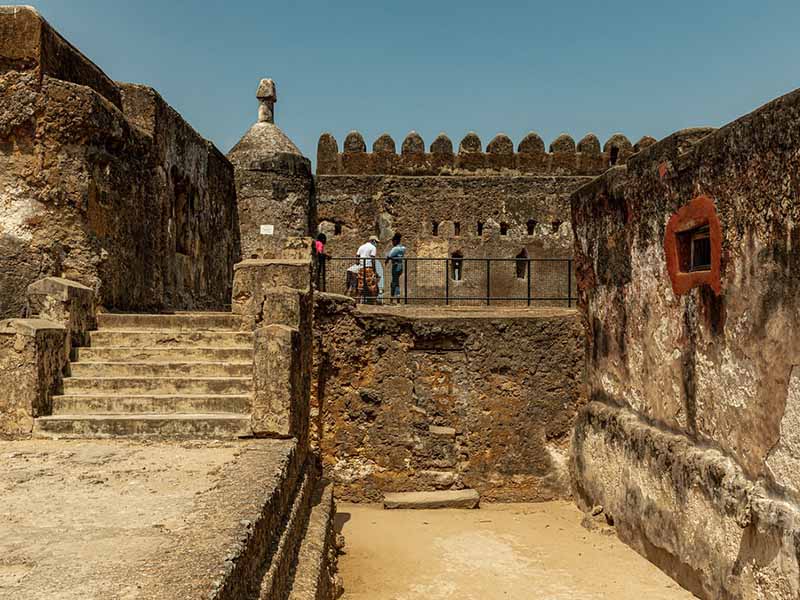
Built by the Portuguese in the late 16th century, Fort Jesus is more than just a historical monument—it’s a symbol of the strategic importance of Mombasa, a city that has seen centuries of trade and conflict. This is one of the most outstanding and well-preserved examples of 16th-century Portuguese military fortification, and a landmark in the history of this type of construction. The Fort’s layout and form reflected the Renaissance ideal that perfect proportions and geometric harmony are to be found in the human body. The fort’s imposing walls, bastions, and hidden chambers reveal tales of battles, sieges, and resilience. Today, Fort Jesus is a museum that brings to life the history of the coastal people and the rich cultural exchanges that shaped the Swahili Coast.
Ahnasa Recommends
A visit to Fort Jesus is a must for history enthusiasts staying in Diani along Kenya’s stunning coast. This iconic fortress, built in 1593, offers a captivating glimpse into Mombasa’s rich past and the fierce battles between Muslim Arabs and Christian Europeans for control of the region. Recognized as one of the finest examples of 16th-century Portuguese military architecture, Fort Jesus stands as a testament to the strategic importance of Mombasa.
As you explore the museum, you’ll uncover fascinating artefacts, pottery, and ceramics from the era when the city was a key hub for the slave trade and other commodities, adding depth to your coastal adventure.
Sacred Mijikenda Kaya Forests
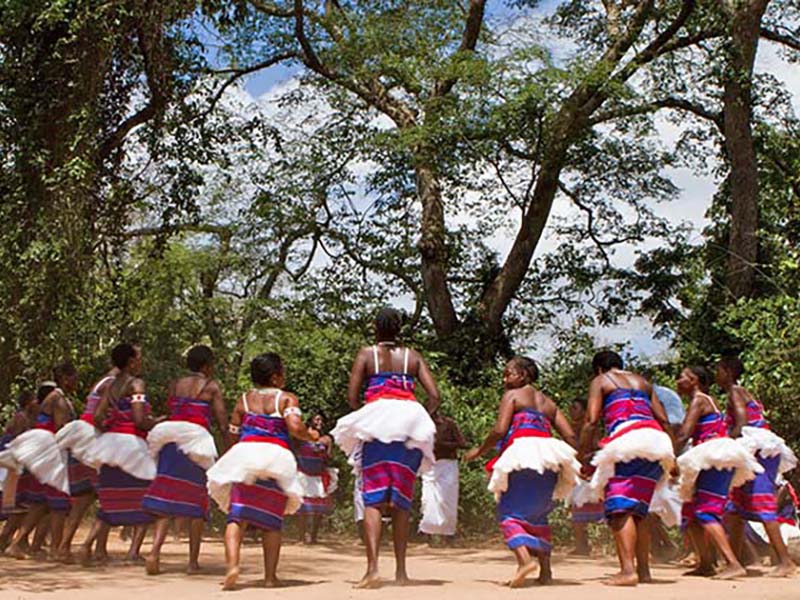
Hidden within the lush coastal forests are the Kaya settlements of the Mijikenda people, nine groups that have preserved their culture and traditions for centuries. The Mijikenda Kaya Forests consist of 11 separate forest sites, spread over some 200 km along the coast. The Kayas, surrounded by dense forests, now almost the only remains of the once extensive coastal lowland forest, were once fortified villages and are now considered the abodes of ancestors, sacred spaces for prayers and rituals. These mystical groves are a testament to the deep spiritual connection between the Mijikenda people and the natural world—a link that still endures despite the encroachment of modernity.
A Call to Preserve Africa’s Heritage
Kenya’s UNESCO sites are just a few of the 145 heritage sites across the African continent that underscore the region’s cultural and natural wealth. Each site carries a piece of Africa’s legacy—an irreplaceable chapter in the story of human civilization and the natural world. However, these treasures face increasing threats from climate change, urbanization, and conflict. Protecting them is not just a regional responsibility but a global one.
As we look to the future, it is vital to continue supporting efforts to preserve these sites. By doing so, we ensure that the wonders of Africa, with all their beauty and history, will continue to inspire generations to come. Let’s celebrate Africa’s UNESCO World Heritage Sites not only as symbols of the past but as beacons of hope and continuity for the future.